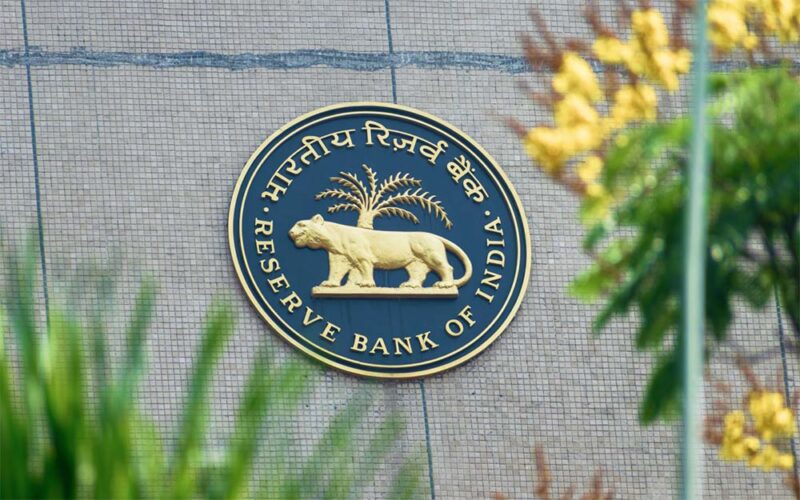Address
304 North Cardinal St.
Dorchester Center, MA 02124
Work Hours
Monday to Friday: 7AM - 7PM
Weekend: 10AM - 5PM

In its latest monetary policy review, the Reserve Bank of India (RBI) decided to maintain the repo rate at 5.5%, signaling a strategic pause in its tightening cycle. This announcement, made during the August 2025 Monetary Policy Committee (MPC) meeting, reflects the central bank’s cautiously optimistic outlook on India’s inflation, growth, and macroeconomic stability.
For business leaders, investors, and consumers alike, this decision carries layered implications — not only for lending and borrowing but also for how the Indian economy is expected to navigate global volatility in the coming quarters.
Understanding the Repo Rate
The repo rate is the interest rate at which the RBI lends money to commercial banks. It serves as a fundamental tool for controlling inflation and managing liquidity in the financial system.
When inflation rises, the RBI typically increases the repo rate to discourage borrowing and reduce money supply. Conversely, when economic growth slows, it lowers the repo rate to encourage investment and spending.
By holding the rate steady at 5.5%, the RBI has chosen to balance growth and inflation control — signaling that the economy is relatively stable, but not yet in the clear.
Why the RBI Chose Status Quo
The RBI’s latest move is underpinned by two key observations:
In short, the RBI is signaling: “We’re on the right track, but we’re watching closely.”
What This Means for Businesses
For India Inc., the unchanged repo rate translates into:
However, businesses must still keep an eye on global headwinds such as:
Implications for Banks and Consumers
Banks will likely maintain their current lending and deposit rates for the near term. Expect a competitive retail credit market, especially in personal loans, home finance, and auto segments.
For consumers, the news brings:
Caution Still in the Air
Despite the positive undertones, the RBI is keeping a close watch on:
Any sudden shock — such as a failed monsoon, supply chain disruption, or unexpected global interest rate hike — could push the RBI to act swiftly in future reviews.
Final Takeaway
The RBI’s decision to keep the repo rate unchanged at 5.5% in August 2025 sends a clear message: India’s macroeconomic foundation is solid, but the global environment demands vigilance.
For businesses and consumers, the message is equally clear: this is a window of stability — use it wisely. Invest, innovate, and grow — but be prepared for future shifts.
As India positions itself as a leader in the post-pandemic world economy, policy moves like these will define how smooth the ride will be.